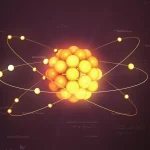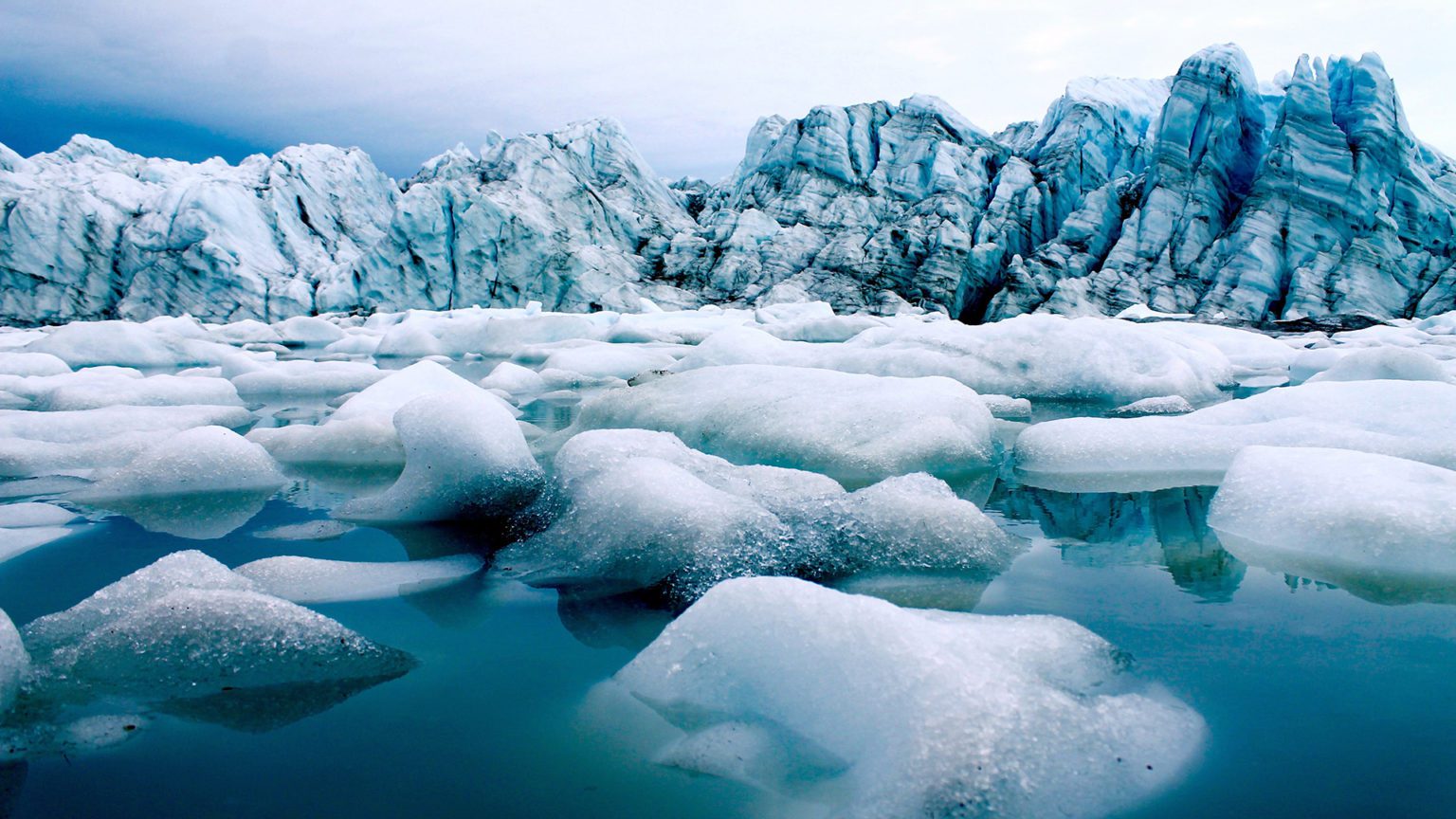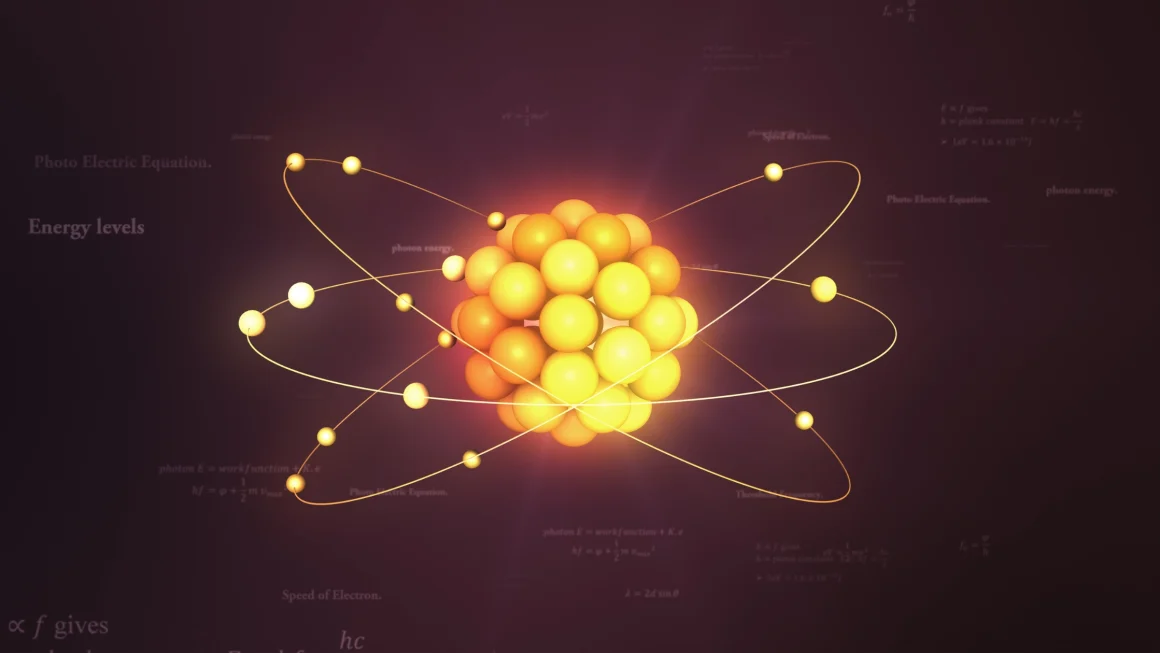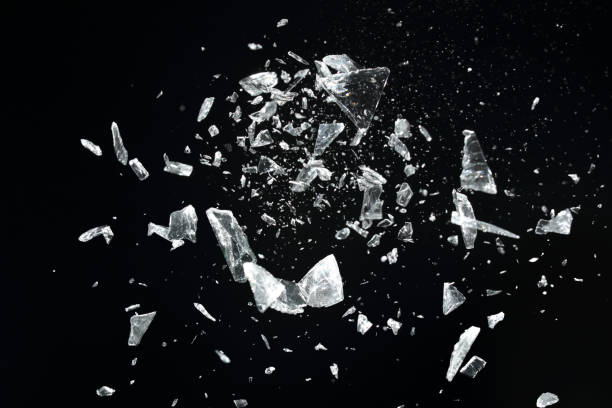Is ice a rock became a life-changing question for twelve-year-old Jamie on a bitterly cold January afternoon in Alaska. She had just chipped a chunk of frozen river ice with her dad’s old geology hammer. As the ice shattered like glass, she turned to her father and asked the big question.
Her dad paused, then replied, “That’s a really good question. I’m not exactly sure.”
That innocent moment sparked a journey into the world of Earth science. Jamie wasn’t just asking about frozen water—she was challenging the boundaries of how we classify the natural world.
What Actually Defines a Rock?
Before we explore the idea fully, we need to understand what qualifies as a rock.
A rock is a naturally occurring solid made of one or more minerals. Rocks form through processes like cooling of magma, compression of sediment, or chemical precipitation. They exist in three main forms: igneous, sedimentary, and metamorphic.
Here’s the twist—rocks don’t always have to be hard or ancient. They just need to meet the criteria of being natural, solid, and mineral-based.
That definition leaves room for some surprising examples… including naturally frozen water.
The Scientific Answer: Is Ice a Rock
So, back to the big question: is ice a rock? Surprisingly, yes — it can be, but only under the right conditions.
According to geologists and even NASA scientists, naturally occurring ice can meet the requirements of being a rock. For example:
- Ice is a solid
- It can form naturally, like in glaciers or frozen lakes
- Ice forms crystals, and those crystals are made of the mineral form of water
Because of these qualities, glacial ice is often considered a metamorphic rock. Why? Because it forms from snow that has been compressed over time, just like how pressure forms metamorphic rocks from older materials.
However, not all ice is a rock. Ice made in your freezer doesn’t count—it’s man-made. Only naturally formed ice, such as that found in glaciers, ice caps, and outer space, can be classified as a true rock in geological terms.
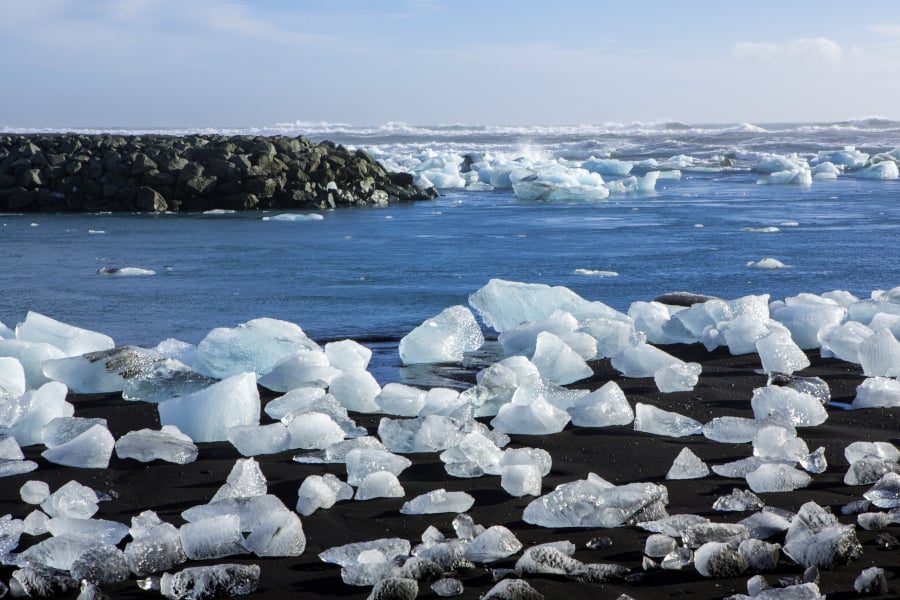
Is Ice a Rock in Outer Space
The question is ice a rock becomes even more exciting when we look beyond Earth.
On distant moons and planets, like Europa (a moon of Jupiter) or Enceladus (a moon of Saturn), solid ice forms vast crusts and icy mountains. Scientists treat these frozen layers as rocky surfaces, even though they’re made of water ice.
In these frigid regions of the solar system, ice acts like bedrock. It supports landmasses, cracks like tectonic plates, and even holds signs of ancient activity beneath the surface.
This kind of geological ice is often harder and thicker than what we see on Earth. Some of it is mixed with other substances like methane or ammonia, making it behave even more like traditional stone.
So in space exploration, ice is a rock, and it’s helping scientists understand the history of planets, moons, and the potential for life beyond Earth.
Why This Matters in Science and Everyday Life
You might wonder, why does it matter if ice is a rock?
Understanding this classification helps scientists:
- Study Earth’s climate by analyzing glacier movement and melting
- Explore other planets using knowledge of ice-rock structures
- Improve geology education by expanding how we define materials
- Monitor sea-level rise, since glacial ice plays a major role
For students and teachers, it’s an exciting way to challenge old ideas. It also shows how science is not always black and white — it’s about asking questions and finding where the boundaries really are.
And for space missions, recognizing ice as rock allows scientists to map terrain, predict behavior of landforms, and even drill for potential life forms beneath the surface.
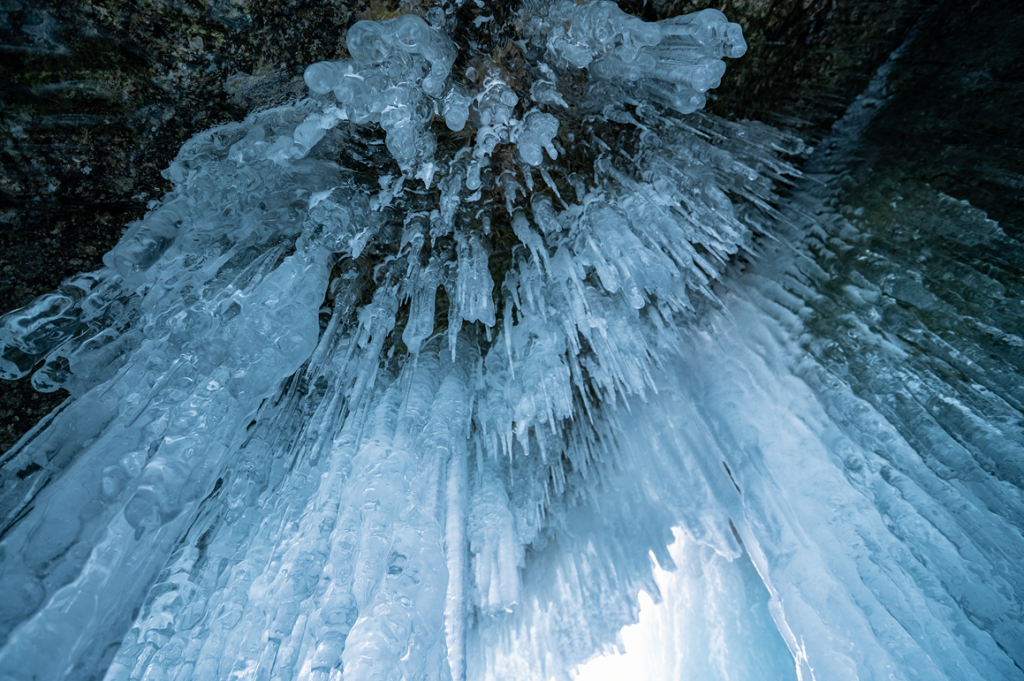
Visit our website for more updates and stories
Final Thoughts
So, is ice a rock? After digging through definitions, examples, and scientific studies, the answer is clear: yes, naturally formed ice can be a rock, especially when it exists in glaciers or on icy planets and moons.
This surprising truth reminds us that the natural world is full of wonders, and even something as ordinary as ice can reveal extraordinary scientific secrets. Whether you’re walking across a frozen lake or imagining distant worlds, remember — you might just be standing on a rock made of water.



